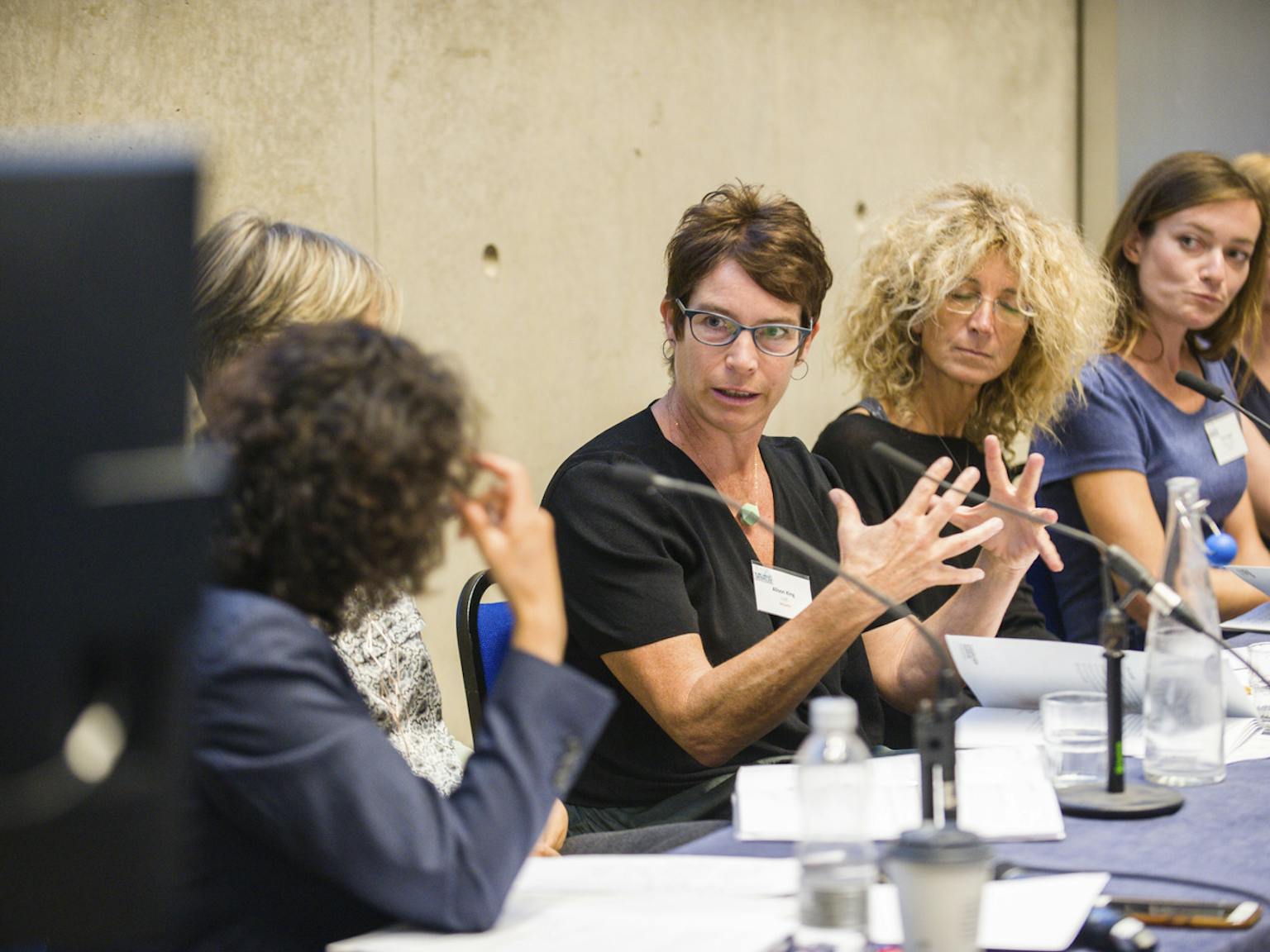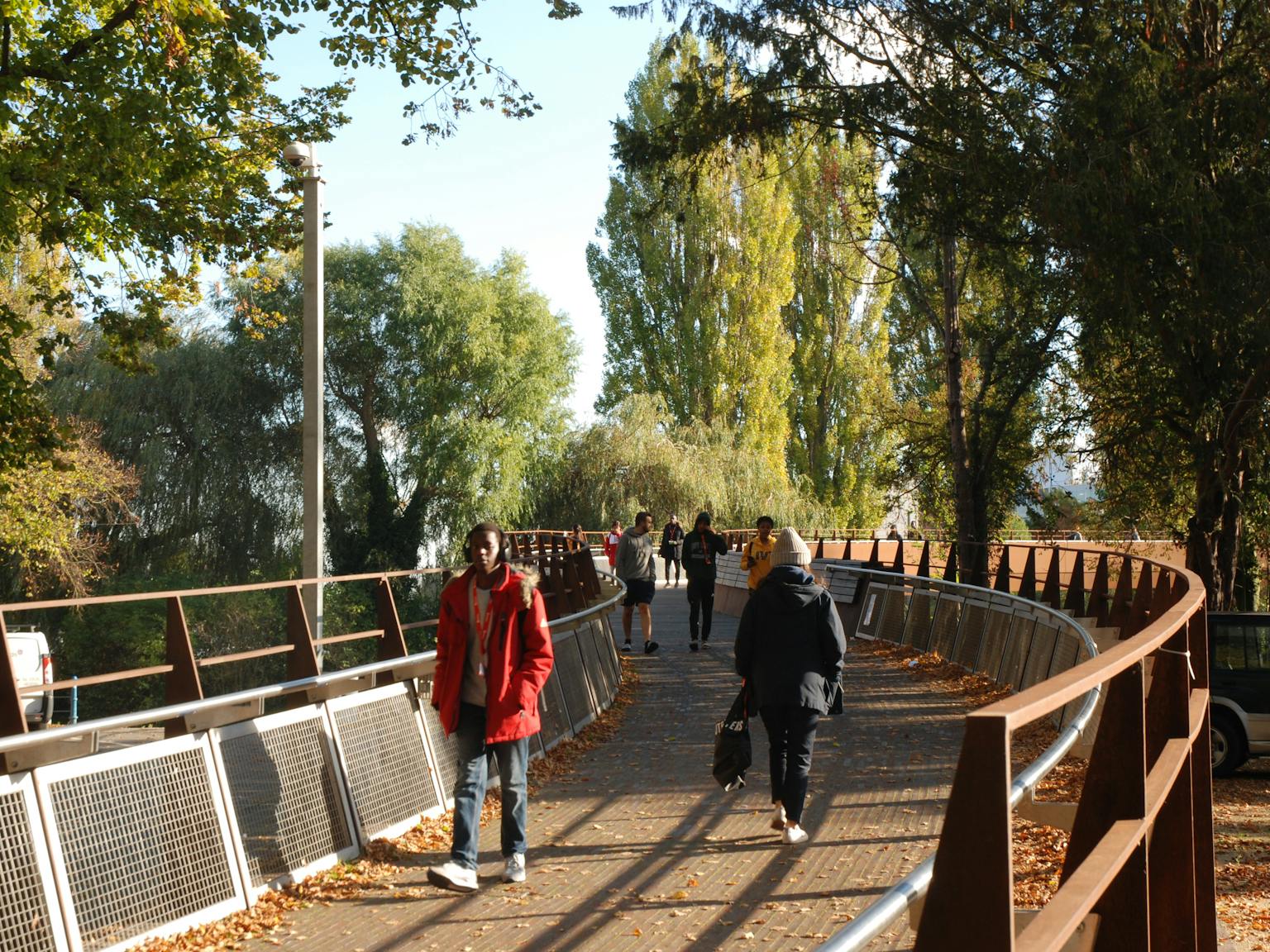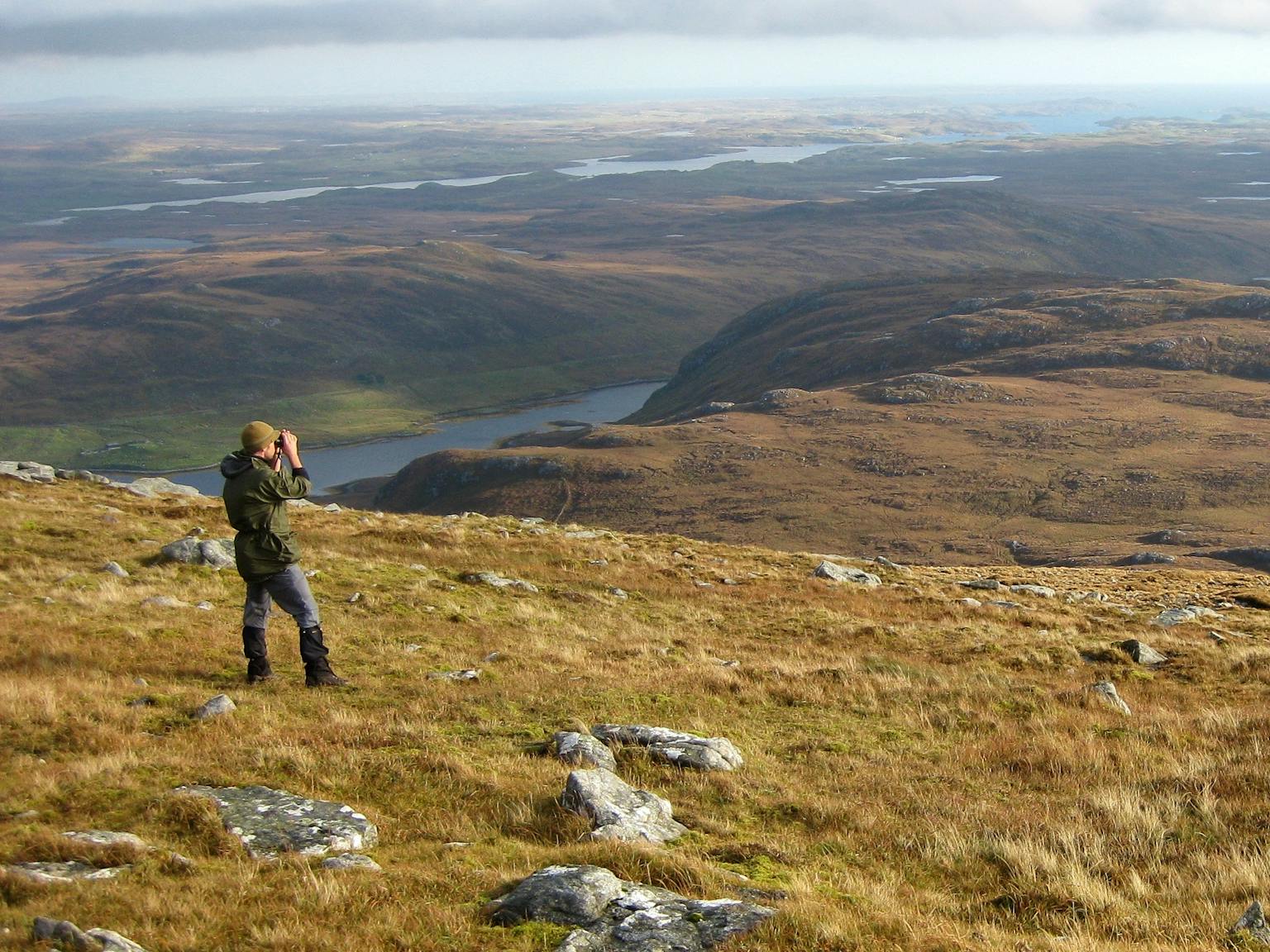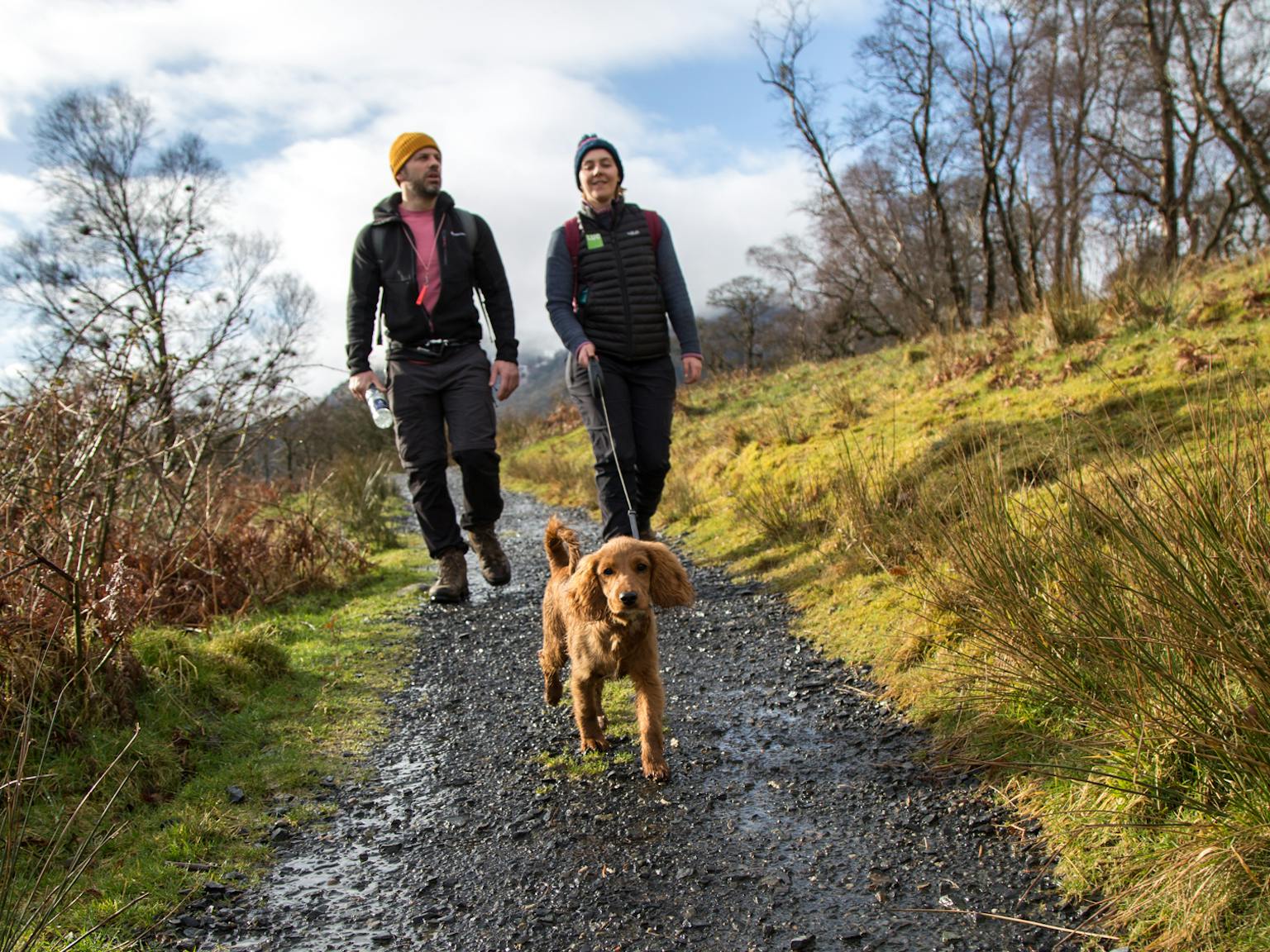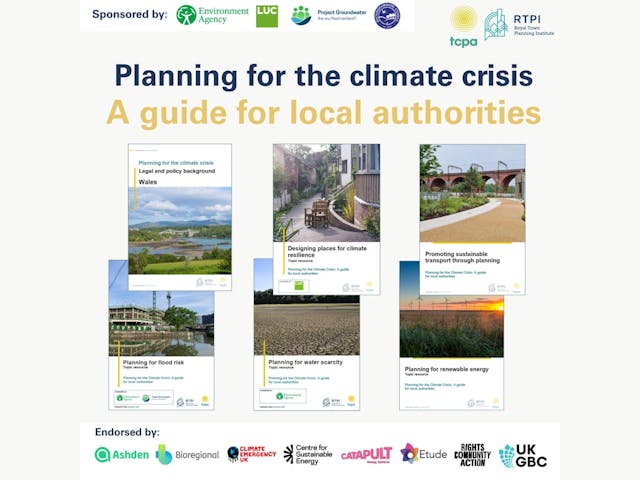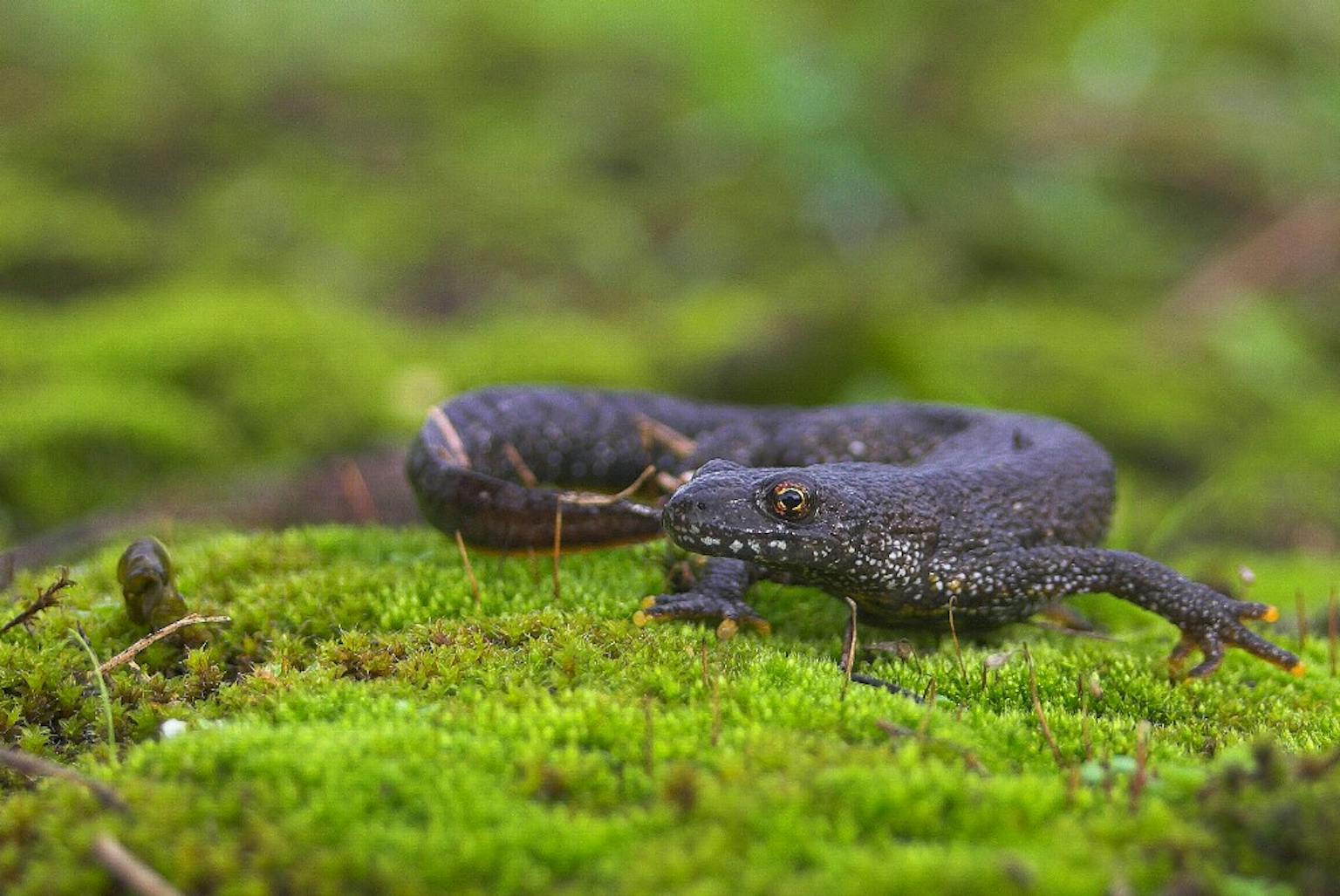
Housing White Paper introduces new approach to great crested newt licensing
Natural England to roll-out Woking pilot across England
Natural England (NE) is to implement a new strategic approach to great crested newt (GCN) licensing, which aims to achieve better outcomes for GCN conservation whilst streamlining the process for housing developers. The announcement was recently made as part of the Department for Communities and Local Government’s Housing White Paper.
Currently, planning applications may need to be supported by detailed GCN surveys. If the development may impact on GCN, a NE licence may be required for works to proceed, with mitigation implemented on a site by site basis (often including capture of GCN and relocation to an on-site receptor area). This can introduce significant programme and cost implications for the delivery of development, given the licence application process, and the seasonal behaviour of GCN. More importantly the current system does not necessarily deliver benefits for the conservation of GCN.
A pilot scheme to replace the current approach has been running since 2015 in Woking, Surrey, whereby the borough council was granted an organisational licence, allowing it to authorise activities that may affect GCN on development sites at the same time as granting planning permission. Initially a borough-wide GCN survey was undertaken by NE, informing the development of a GCN Conservation Strategy for the borough which included the prediction of areas where development would be likely to result in impacts on GCN. The Council then took forward this Strategy, preparing and implementing management plans for ‘compensation sites’ to off-set predicted impacts on GCN. Developers then have the option, if their project may impact on GCN, of joining the pilot scheme by contributing financially to the implementation of the Strategy without the need for surveys, licensing or translocation on a site-by-site basis. A spokesperson for Natural England stated that “although this approach means that a number of newts may be lost on development sites, their overall population in the pilot area is expected to be strengthened through habitat improvements.”
Natural England is now tasked with rolling this approach out across England, as part of a three-year nation-wide research programme. This change is one of a number of other environmental announcements made in the Housing White Paper, with the focus on freeing up more land for much-needed house building in the right locations. The White Paper confirmed that the Green Belt will continue to receive high levels of protection, whilst recommending increased protection for ancient woodland to a similar level as that of National Parks and Sites of Special Scientific Interest (SSSIs).
What is LUC’s view, and what are the immediate implications for our clients?
LUC remains cautiously optimistic, and will monitor developments very closely. We expect NE to provide further detail about how the GCN approach will be implemented in the coming weeks and will keep our clients informed of developments. There is little doubt that the existing regulatory / licensing response to the legal protection of GCN was very costly and introduced a significant burden on developers, whilst not particularly delivering for GCN conservation.
In terms of implications for developers, at the moment we watch this space! GCN remain a protected species (for the avoidance of doubt!), and it is important to remember that other ecological considerations remain unchanged. The roll-out will not be quick. For it to be effective, in terms of delivering benefits for GCN as well as facilitating development, will require a lot more work. Baseline surveys will need to be undertaken across England, and robust Conservation Strategies and management plans prepared. This is a huge job, and we suspect some Council’s will advance faster than others. This is against a backdrop of significant financial pressures for NE and Councils, so adequate funding of the roll-out will be key to delivery. Recent announcements have suggested funding for a three year research programme, although what this will comprise is not yet known.
However, in the short-term, NE may now consider a more pragmatic, flexible approach to addressing impacts on GCN in the run-up to the implementation of this new approach, and also in light of new NE policies relating to protected species. Progress has been made towards this with the development of the Low Impact Class Licence for GCN and bats, whilst other opportunities may be identified through consultation with NE (through the Discretionary Advice Service, subject to a charge).
Against this backdrop, and the negative PR GCN suffer, it is important to keep in mind that the UK’s nature conservation legislation was developed to protect threatened species. The declines in our wildlife continue, and new threats are emerging such as climate change. The spread of wildlife diseases is resulting in amphibian extinctions around the globe, with a disease recently identified on mainland Europe which is lethal to GCN posing a significant and new threat to this species. GCN may not have the cute factor, but nevertheless they are part of our natural heritage and their presence is a sign of healthy ecosystems. We have the ability to maintain and enhance GCN populations, and to ensure that future generations will have the chance to encounter this species. This new approach to GCN conservation can potentially help deliver these goals, alongside housing, as long as its development and implementation are robust.
A true sign of success of this approach will be in 20 years time, if children are able to pond-dip for GCN in the greenspaces of new housing developments. Subject to the appropriate survey licences of course…!
If you would like to discuss any of these issues further, or if we can help you with your development, please contact: ecology@landuse.co.uk



